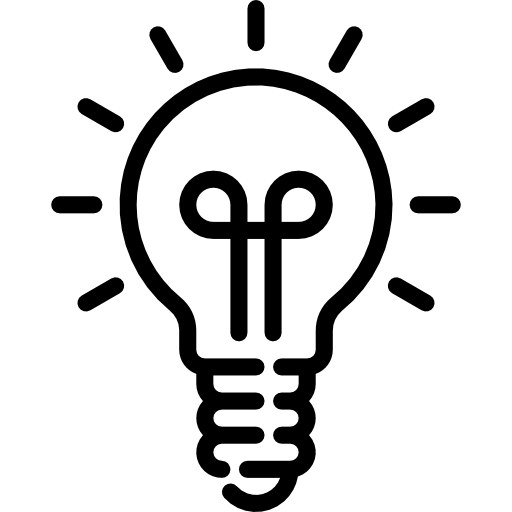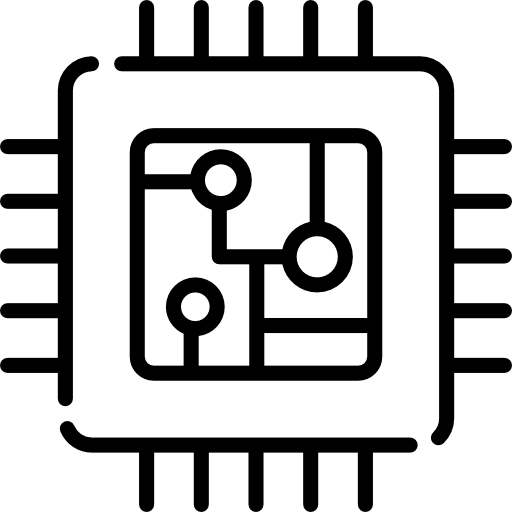Radiation dimensions. Look at the status of one’s submitted manuscript into the distribution system
Author directions
Of good use links
Check always submitted paper
Track accepted paper
When manufacturing of your article has begun, you can easily monitor the status of the article via Track Your Accepted Article.
- CiteScore: 2.9 ℹ CiteScore:2019: 2.9CiteScore measures the average citations gotten per peer-reviewed document posted in this name. CiteScore values derive from citation counts in a range of four years (age.g. 2016-2019) to documents that are peer-reviewed, reviews, meeting documents, information documents and guide chapters) posted in identical four calendar years, split because of the amount of these documents during these exact same four years (age.g. 2016 – 19).
- Influence Factor: 1.512 в„№ Effect Factor:2019: 1.512The Impact Factor steps the typical amount of citations gotten in a particular 12 months by documents posted into the log throughout the two preceding years. Journal Citation Reports (Clarivate Analytics, 2020)
- 5-Year Impact Factor: 1.400 в„№ Five-Year effect Factor:2019: 1.400To calculate the five year influence Factor, citations are counted in 2019 towards the previous 5 years and divided because of the supply things posted in the earlier 5 years. Journal Citation Reports (Clarivate Analytics, 2020)
- Supply Normalized Impact per Paper (SNIP): 0.959 в„№ Source Normalized Impact per Paper (SNIP):2019: 0.959SNIP measures contextual citation effect by weighting citations in line with the final amount of citations in a field that is subject.
- SCImago Journal Rank (SJR): 0.591 ℹ SCImago Journal Rank (SJR):2019: 0.591SJR is a prestige metric on the basis of the basic proven fact that not absolutely all citations are exactly the same. SJR uses a algorithm that is similar the Google page rank; it offers a quantitative and a qualitative measure associated with journal’s effect.
- View Considerably on Journal Insights
- Researcher Academy
- Author https://hookupdate.net/meetme-review/ Resources
- Try out personalized features that are alert
- Applied Radiation and Isotopes
- Journal of Quantitative Spectroscopy & Radiative Transfer
- Physics Open
- Radiation Physics and Chemistry
- Leads to Physics
Journals in Area Research, Astronomy and Astrophysics
Radiation dimensions provides a forum when it comes to presentation associated with the latest developments when you look at the broad field of ionizing radiation detection and dimension. The journal posts original documents on both fundamental and used research.
The log seeks to publish papers that provide advances within the after.
Radiation dimensions provides a forum when it comes to presentation for the latest developments when you look at the field that is broad of radiation detection and dimension. The log posts initial documents on both fundamental and used research.
The log seeks to publish papers that provide advances within the following areas: spontaneous and stimulated luminescence (including scintillating materials, thermoluminescence, and optically stimulated luminescence); electron spin resonance of natural and artificial materials; the physics, design and gratification of radiation dimensions (including computational modelling such as for instance electronic transportation simulations); the unique basic facets of radiation dimension in medical physics. Studies of energy-transfer phenomena, monitor physics and microdosimetry will also be of great interest into the log.
Applications strongly related the log, especially where they provide novel detection practices, unique analytical approaches or novel materials, consist of: individual dosimetry (including dosimetric amounts, active/electronic and passive monitoring techniques for photon, neutron and charged-particle exposures); ecological dosimetry (including methodological improvements and predictive models pertaining to radon, but generally speaking excluding regional study link between radon in which the primary goal would be to establish rays danger to populations); cosmic and high-energy radiation dimensions (including dosimetry, room radiation results, and solitary occasion upsets); dosimetry-based archaeological and Quaternary dating; dosimetry-based ways to thermochronometry; accident and retrospective dosimetry (including activation detectors), and dosimetry and measurements pertaining to medical applications.






